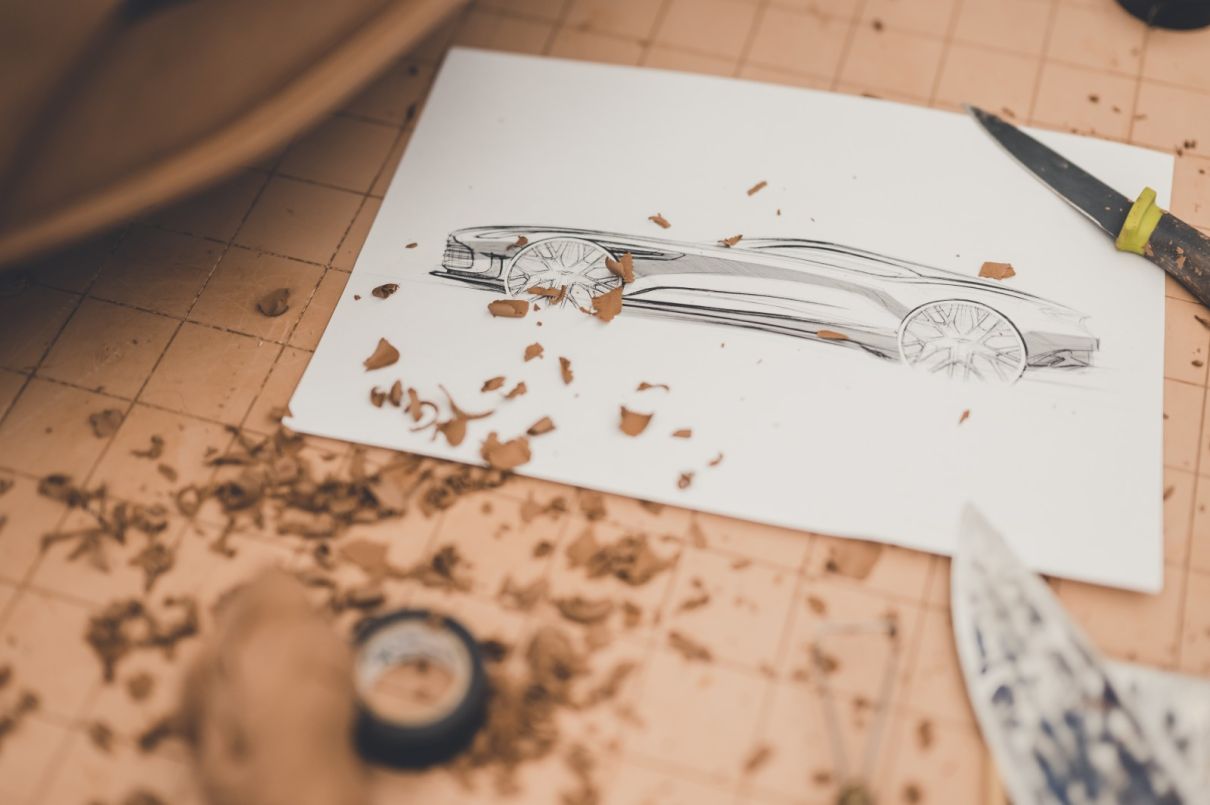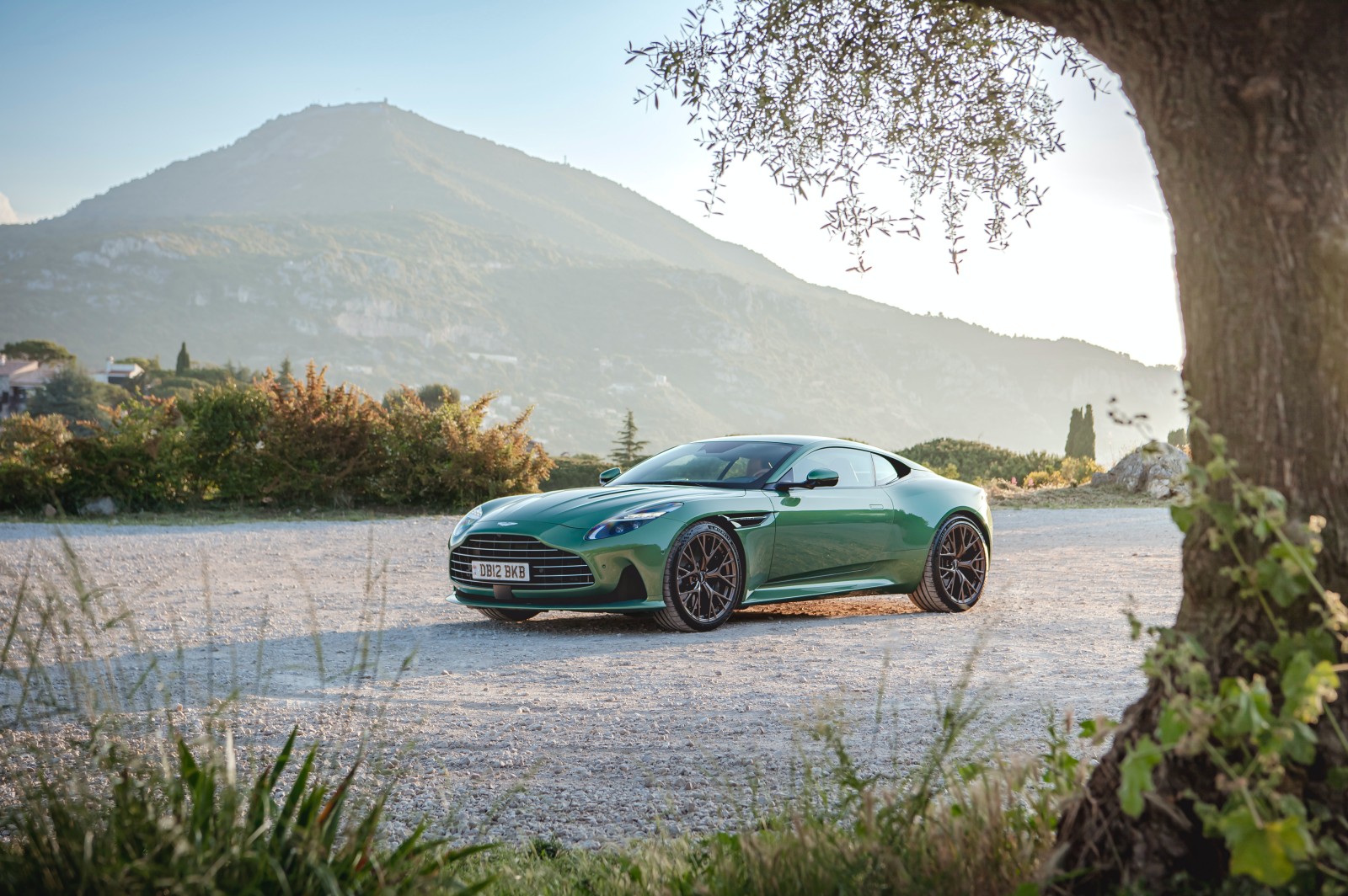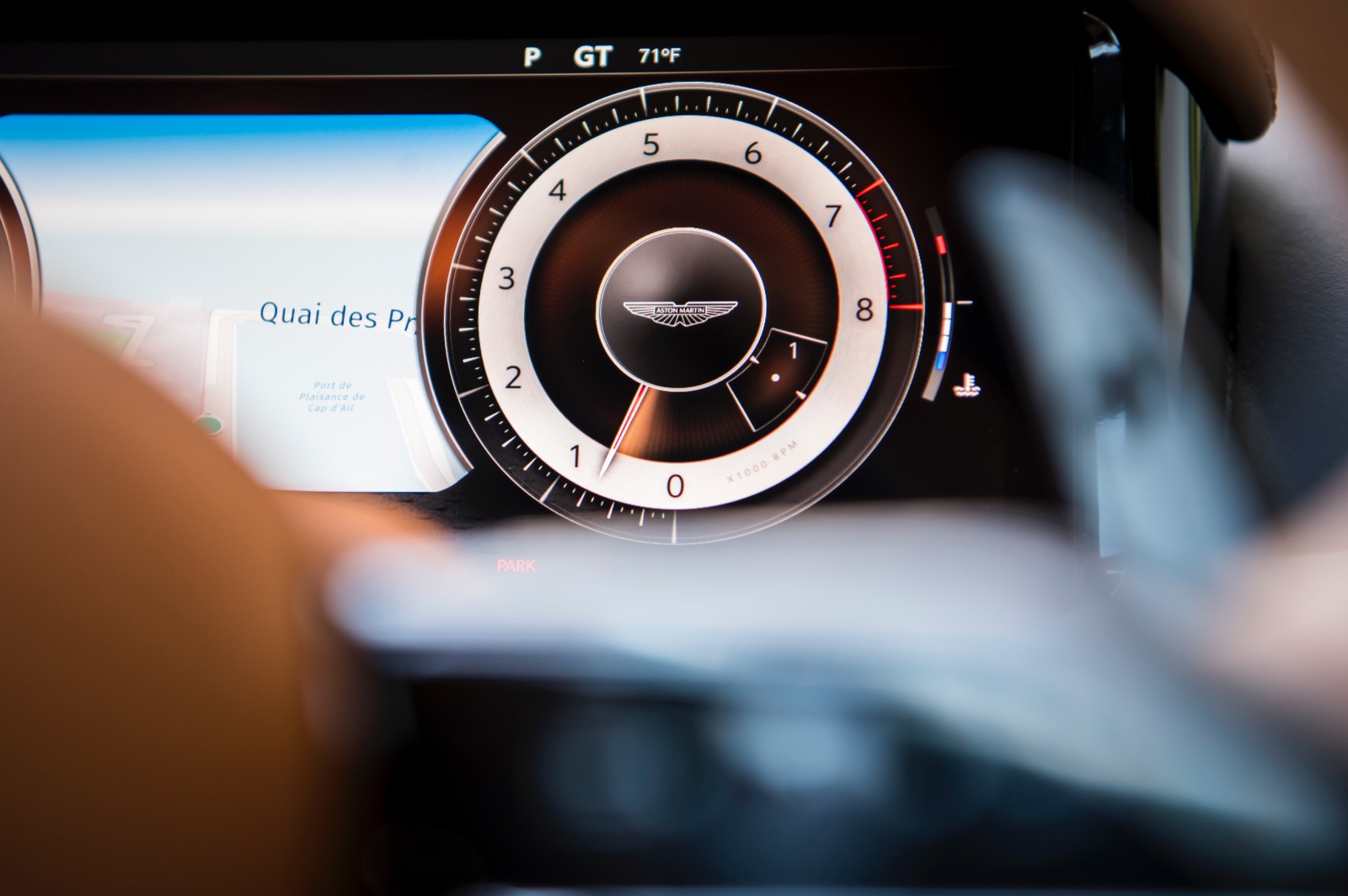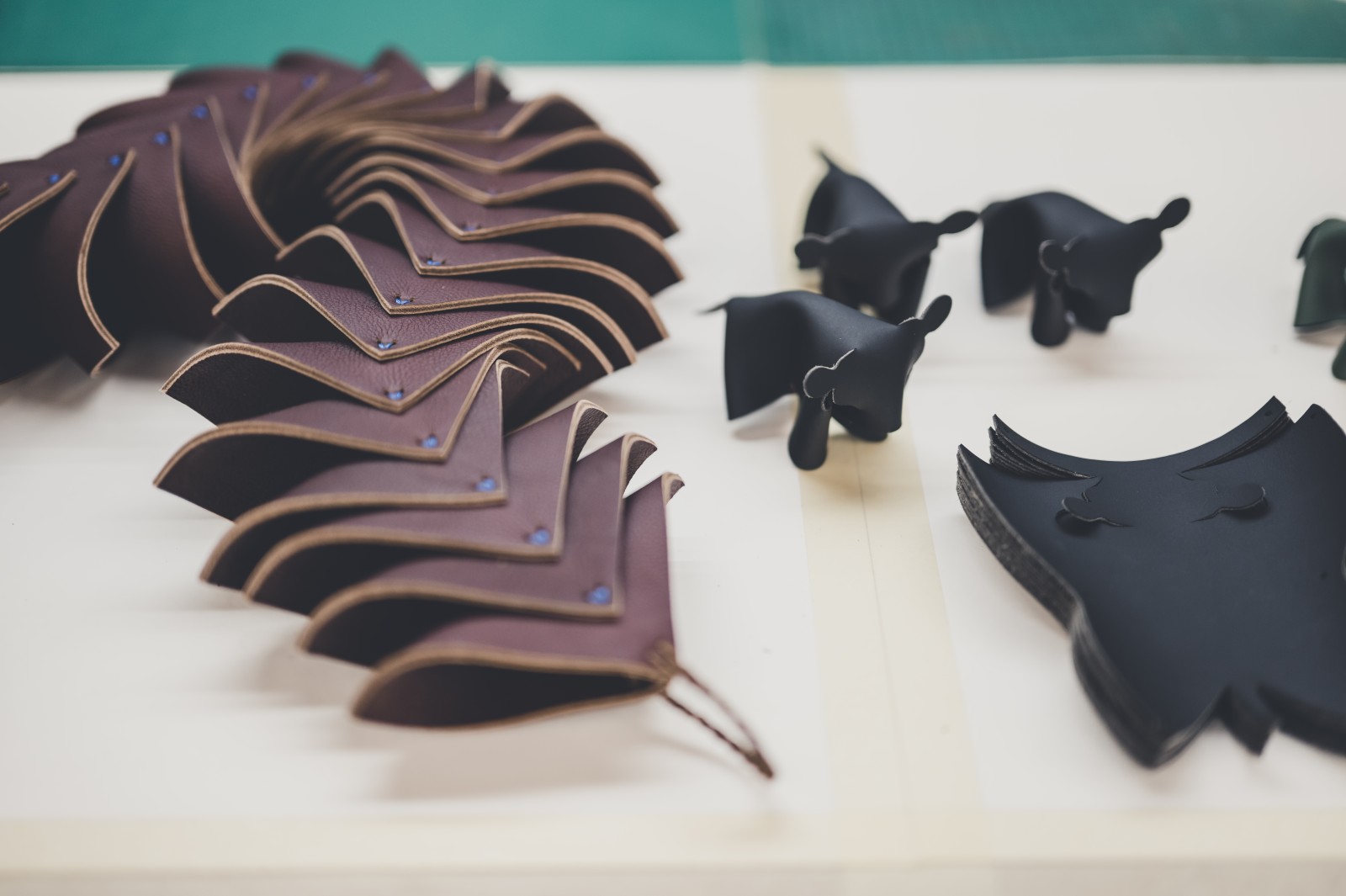Evolution Of A Classic

Aston Martin’s new DB12 remains true to the tell-tale characteristics of its famous DB line.

Aston Martin has not been without reasons to celebrate this year. After all, it’s the 110th anniversary of its founding by Lionel Martin and Robert Bamford. But there’s another anniversary that automotive historians will have noted: the 75th anniversary of its DB line, named for David Brown, the businessman who bought Aston Martin, together with Lagonda, in 1947.
It’s also 60 years since the release of Goldfinger, the James Bond film that saw 007 strike up its relationship with Aston Martin, making the DB5 well known perhaps even to those who have no interest in cars. Indeed, a DB has featured in almost every Bond film since 1995’s Goldeneye. Small wonder that Miles Nurnberger, Aston Martin’s director of design, describes the DB as being “the very core of Aston Martin. It’s the quintessential image of the company in the same way that 911 is for Porsche”.
All in all, that makes it a very good year for Aston Martin to launch the latest DB model, the DB12. According to Nurnberger, it’s true to the tell-tale characteristics of the DB line. It’s still a mid-engined GT, with a long bonnet and the cabin situated back towards the car’s haunches; there’s the signature, slightly outsized grille and what he calls DB’s “pretty eyes”, by which he means those elongated headlights.

There’s the evolution of the DB form too. While the DB11 was, as he calls it, “quite a technical design, with a more overly progressive look and lots of creases”, the DB12 has “more fullness, with larger, purer curves and more sculpture”. For Nurnberger, “it harks back to a more classical era, without being retro”. In fact, he adds, such design cues were influenced by the DB5, inevitably the most famous DB of all.
“The proportions of the two cars echo each other,” says Nurnberger. “I don’t know if they did it using AI but I saw on Instagram that someone had created this weird mash-up between the DB5 and the DB12 and the team here loved sharing [that image].”
Inside the DB12 are the usual acres of quilted leather, a pleasing emphasis on authentic materials (“If it looks like metal, then it’s actually metal,” as Julian Nunn, Aston Martin’s exterior chief designer GT, has it) and a simpler, more linear design form that gives both driver and passenger the sense of being safely enveloped in a cockpit.
But that is about where any similarities between the DB12 and previous DBs end. What really matters about the DB12 is that so much of it is new. It’s a long list, but this includes aspects of the body (a new bonded aluminium framework with more torsional rigidity and lateral stiffness); a new cooling system; a new suspension system with adaptive dampers; and new 21in Pilot Sport 5 S tyres, developed with Michelin using a bespoke compound and given noise-cancelling polyurethane foam inserts. These, Aston Martin says, reduce tyre ‘hum’ by 20 percent.

That only allows Aston Martin’s characterful engine note to resonate all the more clearly. And that comes from the DB12’s new engine, which offers a power output of 680PS/800Nm from a 4.0 V8 twin-turbo, giving you a top speed of 202mph and 0-60 in 3.5 seconds. Among the new software there’s electronic power-assisted steering; electric rear differential (a first for a DB model); the first infotainment package Aston Martin has developed in-house; and a Bowers & Wilkins audio system configured specifically for this car’s interior.
Much of this is handled via a dashboard screen but, suspecting that the dominance and preponderance of screens in cars may prove something of a fad, wisely those controls most frequently required are delegated to wonderfully tactile, knurled analogue rollers on the centre console. It’s a small detail, but a serious highlight.
“That’s because we took the view that performance isn’t just about the engineering, but the performance of the driver too. If you want to drive quickly what are those things that will also irritate you quickly if you have to take your eyes off the road to deal with them? And anything that did we took as a failure and addressed. We want performance in a human way, not just in a car way,” says Nurnberger.

Yet, for all that these rollers are pleasingly 20th century in their physicality and ease of use, Aston Martin has also developed an app for owners of the DB12, available in different packages that allow them to monitor the status of their car, lock or unlock it remotely, and even find it if, you know, you’ve forgotten where you left it.
The DB12 is, if you like, the first embodiment of a step-change in company philosophy. This is one that, since Canadian businessman Lawrence Stroll took a majority shareholding and the position of executive chairman three years ago, has seen Aston Martin remodel its production line for much greater adaptability, return to its spiritual home of motor-racing, this time in Formula One, and, earlier this year, open a Q customisation store in New York, the first of several planned around the world.
Aston Martin has even changed its logo over the last year, hiring British graphic designer Peter Saville to give it a subtle update; so subtle, in fact, that to all appearances it amounts to the removal of a single line. One might say it’s the same but different.
This article originally appeared in Billionaire's Taste and Travel Issue. To subscribe, click here.









